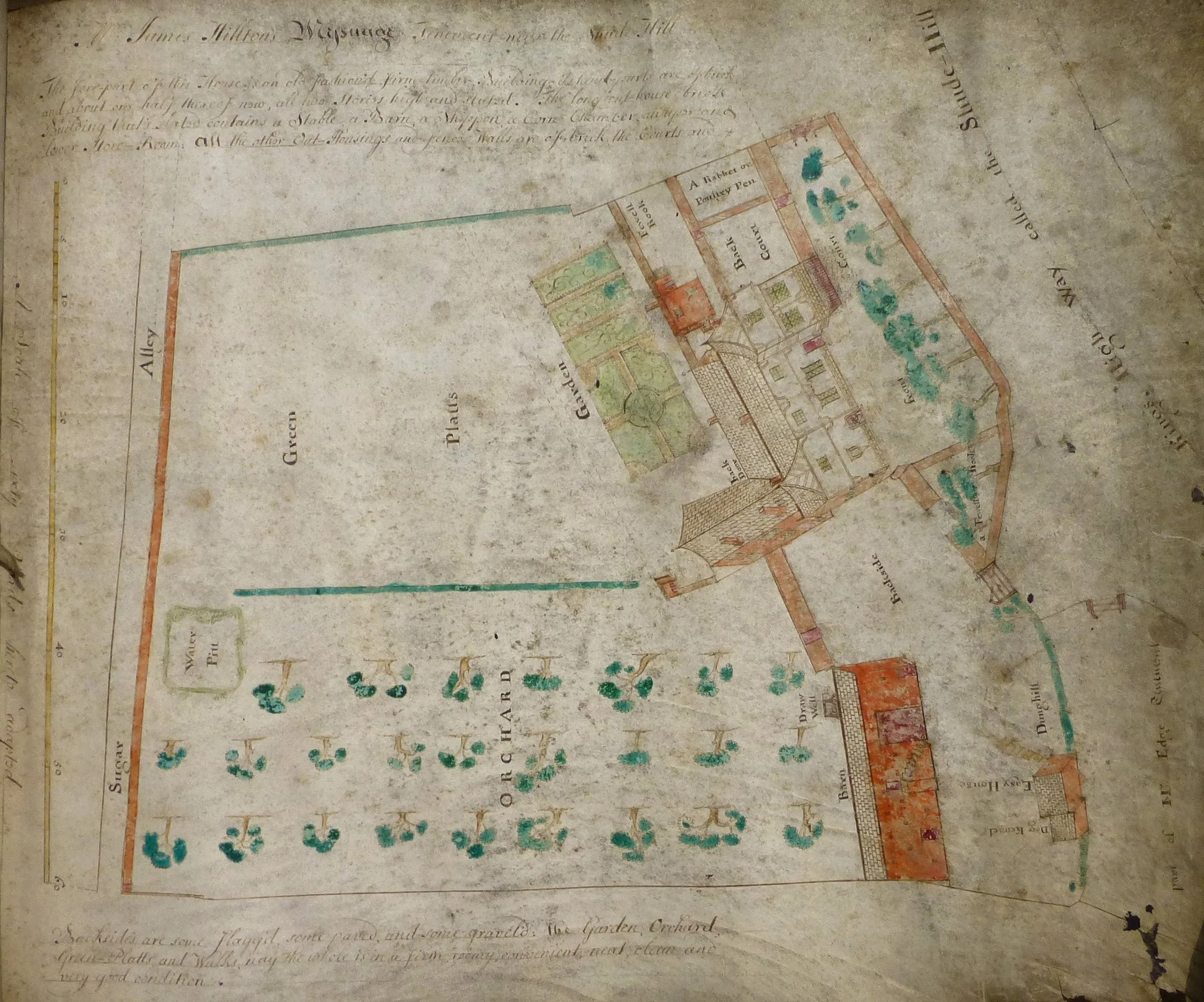UK’s First Food Diversity Day
Apples are not just Granny Smiths. Bananas are not just the Cavendish!
This month the UK had its first ever Food Diversity Day to raise awareness on why this topic matters.
Three plants, rice, wheat, and maize provide 50% of all calories eaten. When potato, barley, soy, palm oil and sugar beet are added to the list the figure goes up to 75%. Often when you see farmland it is a monocropping system, whole fields with one crop. When you picture farmland what do you see?
Vandana Shiva made the connection in 1993 that monocultures first inhabit the mind and are then transferred to the ground. The current farming system is a restricted way of thinking that omits alternatives from the discussion. Agribusinesses have dominated the seed market and the crops that are available to farmers.
As farming was becoming industrialised, varieties of crops were developed with advantageous properties to aid in mechanical harvesting, shipping, and storage. Tougher varieties that store well were developed above other qualities such as taste. At the same time technologies were developed to increase the efficiency of a monocropping system of farming, further reducing crop biodiversity.
Many varieties have gone extinct since the start of the 20th century. The diagram below focuses on America’s National Centre for Genetic Resources Preservation. It outlines the rather extreme decline in varieties of crops from 1903 to 1983.
The corporate control of food production
In George Monbiot’s book Regenesis, he outlines the concentration of corporate control across global food production. This highlights that monocultures and a lack of diversity exist in various ways across the food system.
Four companies control roughly 90% of the global grain trade. They are consolidating vertically as well as horizontally, buying into seed, fertilizer, processing, packaging, distribution and retail businesses.
Another four companies control 66% of the world’s agricultural chemicals market. While a similar set of companies owns 53% of the global seed market. Three corporations sell almost half of the world’s farm machinery. ‘When farmers purchase a seed and chemical package from the conglomerates, they buy, in effect, a set of decisions about how they will farm’.
This version of food production does not incorporate regional varieties, many of which are ‘endangered’. These food products are based on regional land variations and cultural distinctions and hold the history of an area.
The UK has over 2500 varieties of heritage apples, many of which are regional – as they are better suited to certain climates. But there are only a handful of varieties available at the supermarket. Though, this is better than most. There are over 1500 varieties of bananas and yet, ‘banana’ is only really synonymous with the cavendish variety.
Manchester’s 18th-Century Apple Market
Manchester’s fruit market moved to Fennel Street, just across from Chetham’s school of music in the city centre, from 1769 to 1846. The market then made way for road improvements. Fennel Street was associated with the very Victorian obsession, apples. There were tens if not a hundred varieties offered at the market. There is a rich history of apple production from the local orchards in Manchester, with Warrington and Stretford being notable areas of production.
There is evidence of orchards in the centre of Manchester. The diagram below shows that there used to be ab orchard at Shudehill tram interchange.
The Kindling Trust’s Agroforestry Farm
Through 2021-2022 the Kindling Trust lead a Heritage Fruit Tree Project. The team produced over 12,000 heritage fruit trees with many of the varieties coming from local orchards and across the North-West. There are some amazing names, Keswick Codlin, Carlisle Codlin and Lord Clyde. This project championed traditional fruit tree production methods and gave away thousands of heritage variety fruit trees to the local area to boost biodiversity and restore numbers of ‘endangered’ species. The remaining trees will be used as part of an organic agroforestry farm, where biodiversity is used as a tool to aid production.
This project provides one perspective on the biodiversity crisis and harnesses the cultural traditions of a region to engage people. The project also uses biodiversity as a necessary tool in organic food production.
MFB food-tech meetups
The Manchester Food Board is organising a regular food-tech meetup to connect the food and technology industries in Manchester. Innovation in food production technology is one element that can aid the biodiversity crisis.
There have been various examples of urban growing across Manchester, many of which use hydro and aquaponics technologies. This new production technique has the potential to promote biodiverse crops being grown in an urban environment. A few years ago there were a few small-scale producers growing rare chillies!
Food-tech solutions might indirectly allow farmland to be rewilded and restore biodiversity beyond just crop varieties. Lab-grown food and especially meat have the potential to reduce the pressure on farmland space and allow these areas to be used for alternative outcomes, including carbon sequestration and increasing biodiversity.
Mapping and AI technology that generally promote efficiencies in a monocropping context can be harnessed to promote efficiencies in a biodiverse context.
The MFB are keen to connect the technology and food communities together to create solutions to the current issues in the food system.
The Ark of Taste
The Ark of Taste is a catalogue of endangered foods produced by the Slow Food Movement. Almost 6000 foods are registered around the world, but this number is certainly not exhaustive.



